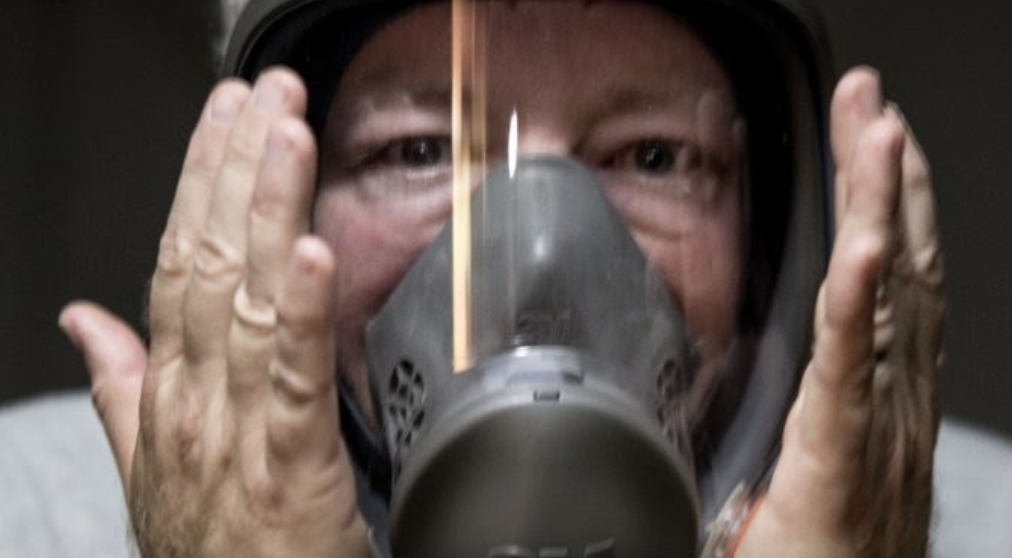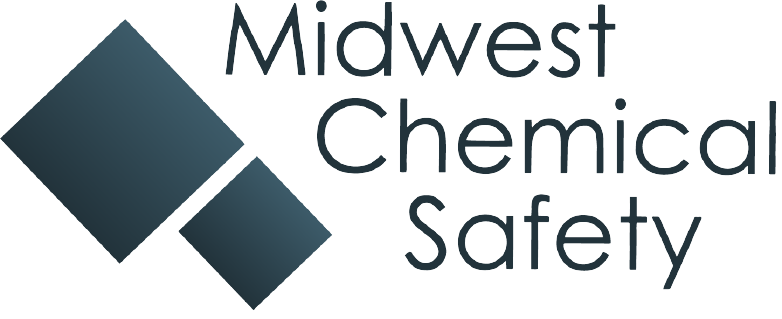
There is occasional chatter on safety listservs regarding the use of respirators in academic laboratory work. Students don’t like the smell of organic chemistry lab work, and respirators are an easy fix, right? Not so fast….
Barring the necessity of making reasonable accommodations in accordance with the US Americans with Disabilities Act (ADA), there are really no good reasons to allow the use of respirators in a teaching environment and there are a host of reasons why you should not do it.
It’s recognized that “students” are not employees and therefore are not subject to US DOL/OSHA regulations. If you protect your students to a higher level than your employees, you may be eventually be faced with the uncomfortable question, “why will you not protect your employees (e.g. instructors and teaching assistants) at the same level?”
Also recognized is that the improper use of a respirator may provide little or no protection to the user while giving them a false sense of protection. Proper use is spelled out in the Personal Protective Equipment section of the OSHA General Industry Standards (29 CFR 1910, Subpart I). Respirator use is governed by a host of regulations in the General Industry Standards, and if you’re going to allow respirator use, you have to do it right: “In for a penny, in for a pound” as the saying goes.
The use of a respirator, like any other personal protective equipment (PPE) requires an assessment (29CFR1910.132(d)). After that assessment, then the Respiratory Protection Standards kick-in (29CFR1910.134).
Chief among the regulatory woe that you’re facing is the requirement to control air contaminants with engineering controls first. (29CFR1910.134(a)(1)). “When effective engineering controls are not feasible…” begins the concluding sentence to that first requirement. Remember “feasibility” has very little to do with the cost to repair existing hoods, install local exhaust or managing laboratory schedules for students to use hoods when they are necessary.
Even allowing the voluntary use of respirators comes with a host of requirements such as:
- Ensuring that the voluntary use of a respirator will not in itself create a hazard
- Establishing elements of a written respiratory program necessary to ensure that the user is medically qualified to use a respirator and the respirator is properly cleaned, sorted and maintained
So, you’re buying into some form of a written program anyway!
When asked about respirator use in teaching labs, my advice is:
- Don’t, unless you’re prepared to follow all of the regulatory requirements.
- Utilize substitution when you can and get your engineering controls working properly
- Remind your faculty and students that chemistry is not a zero-exposure endeavor. It is a zero over-exposure endeavor!
For more information or to start a conversation, shoot me an email (helston@midwestchemsafety.com), comment on our Facebook page (https://www.facebook.com/midwestchemsafety) or comment below. To learn more about effective chemical safety management, take one our of workshops (Effective Chemical Safety Management, Research Without Rules and/or Chemical Reactivity Hazards: Laboratory Scale Recognition and Control: https://midwestchemsafety.com/workshop.php)

